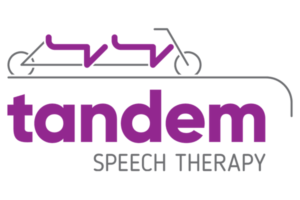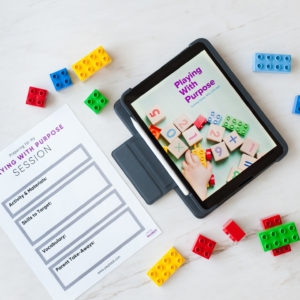Over the weekend I had the chance to spend time with a dear friend of mine. She is the mom to the beautiful, 4 month old boy in these photos. As we talked she said something that stuck a cord with me. “I’m not even sure how I should be talking to my baby.” Communication habits and skills are learned early. So how should you talk to your baby?
A lot of changes happen during your baby’s first 12 months and I am not just talking about diapers. There are first smiles, gurgling, babbling, coos, and that all important first word. Your baby loves to communicate with “baby talk” and wants to have you “talk” back. There are many simple things you can do during that first year to encourage communication. Let’s start with some of the basics: smile, talk, and tune in to your baby.
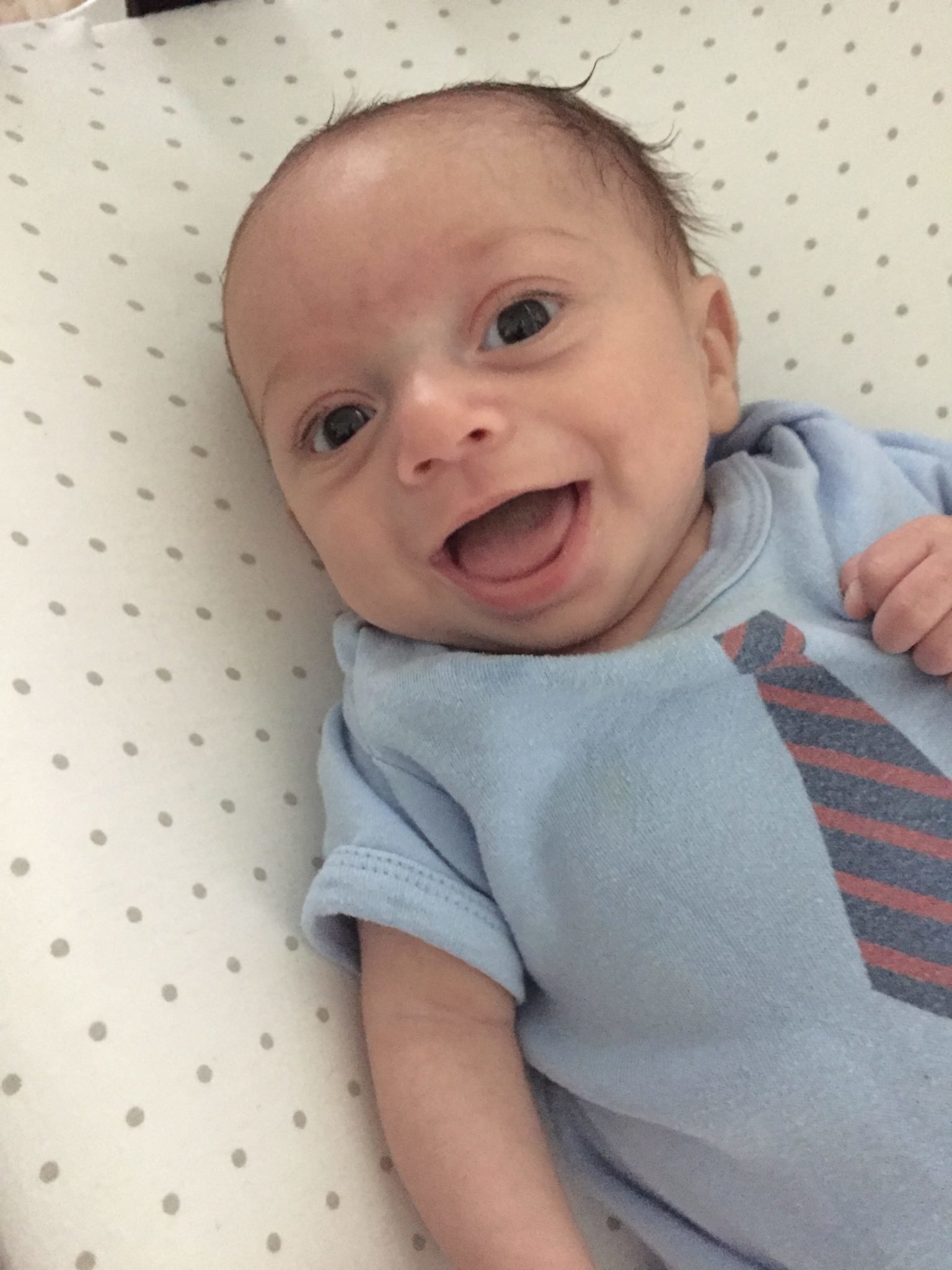
Pay Attention and Smile
Well before your baby can speak clearly they learn to understand the general meaning of what you’re saying and understand emotional tone. You can encourage early attempts at communication by tuning in.
- Smile often, especially when your baby is cooing, gurgling, and babbling.
- Tune in and look at your baby as he/she is babbling and laughing.
- Make time for lots of loving attention, so your baby can speak to you in his/her own “baby talk” language.
- Be patient as you try to decode your baby’s message. Everything from non-verbal communication to cooing can be an attempt to express frustration or joy.
Imitate Your Baby
Baby talk should be a two-way street. There is a delicate balance though of what is appropriate and what you should avoid. Research indicates that using made up words like “num-num” provides little benefit to your baby. However, when you imitate your baby it provides him/her with information that they are important and what they are saying matters.
- Have a back-and-forth dialogue in baby talk with your baby to help him/her learn the give-and-take of conversation.
- Imitate your baby’s vocalization of “goo-goo” or “ba-ba”, then wait for your baby to make another sound, and repeat that back.
- Mirror facial expressions and smile to reinforce communication.
- Imitate your baby’s gestures as well. They are also a form of communication.
- Make an attempt to respond, even if you are unsure of what your baby is trying to communicate.
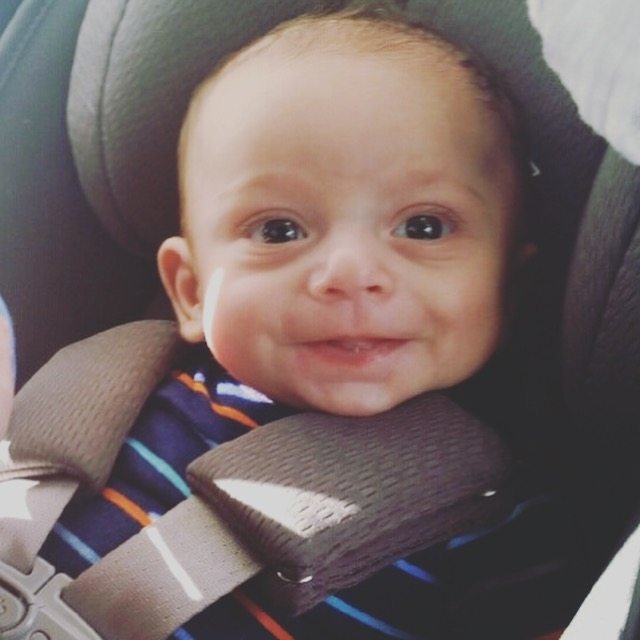
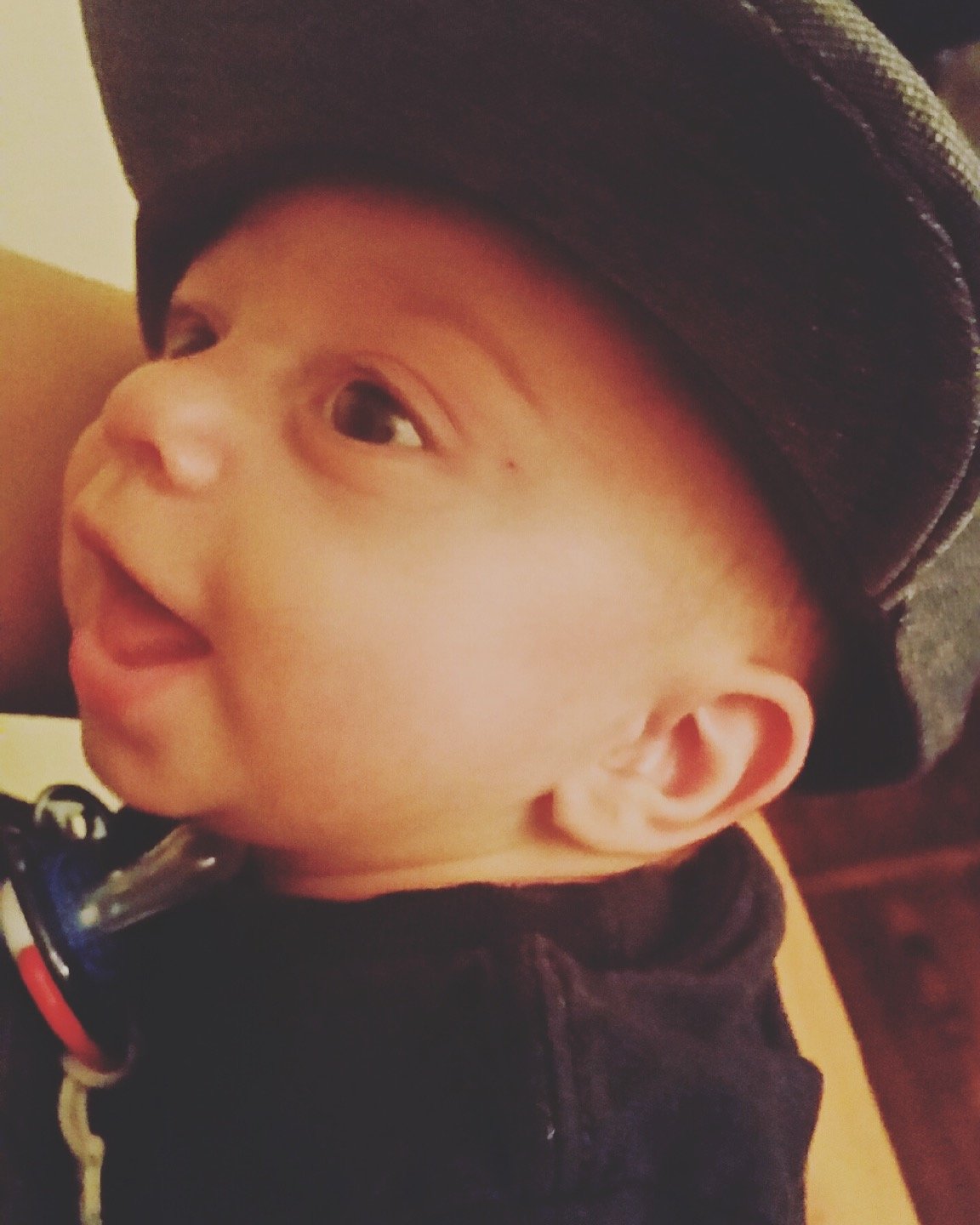
Talk Often
Your baby loves when you talk to him/her with your warm, happy voice. In fact, your baby learns to talk by imitating the words and sounds they hear you speak. So the more you talk to your baby, the faster he/she will acquire speech and language skills.
- We often use a special tone of voice when speaking to a baby–a higher pitched voice with exaggerated expression. This mimics the female voice which research indicates babies associate with feeding and comfort. This kind of “baby talk” will not prevent or delay your infant from developing age-appropriate speech skills.
- Encourage your baby’s listening skills by narrating the activities of your day-to-day life. Talk as you’re dressing, bathing, and feeding your baby so he/she begins to associate the language you use with your daily routines.
- Repeat simple words like “bottle” and “mama” clearly and often so your baby hears familiar words and can associate them with their meaning.
During your baby’s first 12 months, your baby should respond to your “baby talk” by cooing, gurgling, and beginning to babble back. Your baby should also respond to “no”, to his/her own name, and to simple requests such as “come here.” While normal development can vary, it’s always better to be safe than sorry when it comes to your baby’s growth and development. Speak to your pediatrician at your baby’s well visits, ask questions, and if you are concerned about your baby’s speech and language skills then contact a speech-language pathologist in your area.
Remember: Your baby loves to hear your voice. Don’t get embarrassed by your own “silly” baby talk.
Want to learn more tips to use when speaking to your baby?
Start Playing With Purpose
Learn how to purposefully and intentionally interact with your child during play and help them increase opportunities for speech and language development with our Playing with Purpose book!
